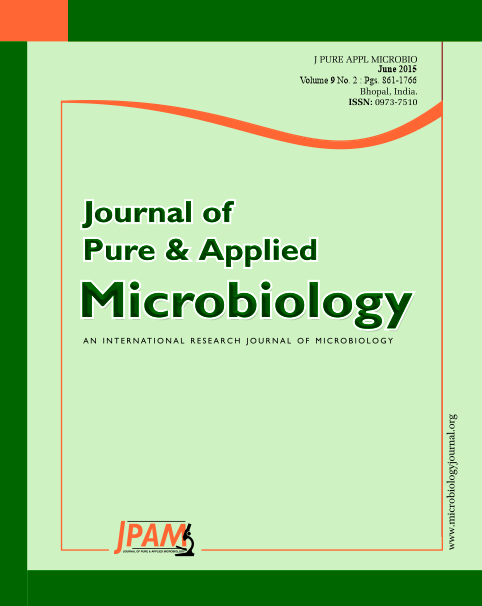Occurrence in concentration and composition of airborne fungal isolates with their seasonality in indoor and outdoor environments of a working environment of Vaniyambadi city of Tamilnadu was carried out by Burkard’s volumetric sampler on agar plates from January to December 2012. During the study period, the fungal spores considerably varied from indoors to outdoors as well as from season to season both in concentration and composition. It was found that indoors had more numbers of fungal spores in comparison to outdoors in the environments. Incidence of fungal species was predominated with more number of propagules during mid winter months like December, January and February in comparison to other months. Aspergilli were predominant in working area followed by penicilli and cladosporia. Fruit deteriorating fungi like Alternaria, Curvularia, Geotrichum and Trichothecium were recorded in the current study. Aspergillus spp was also found with the highest frequency and had the maximum contributed members i.e., Aspergillus flavipes, A. flavus, A. fumigatus, A. niger, A. terreus and A. ustus. Of the 28 isolated fungal taxa, indoor air distributed with 25 species and outdoor air with 19 species. Seasonal occurrence recorded that the winter was the maximum spore load in the working environments followed by rainy and summer seasons. Statistical significance of fungal spores between indoors and outdoors was found non significance difference in their means at peH0.05 level with the acceptance of null hypothesis. Meteorological parameters were found to control the fungal spores in the environment confirmed by Pearson’s correlation analysis.
Volumetric analysis, working environment, Null hypothesis, Seasonal occurrence
© The Author(s) 2015. Open Access. This article is distributed under the terms of the Creative Commons Attribution 4.0 International License which permits unrestricted use, sharing, distribution, and reproduction in any medium, provided you give appropriate credit to the original author(s) and the source, provide a link to the Creative Commons license, and indicate if changes were made.


